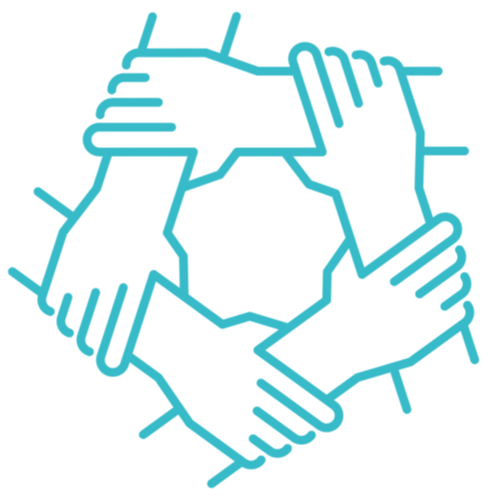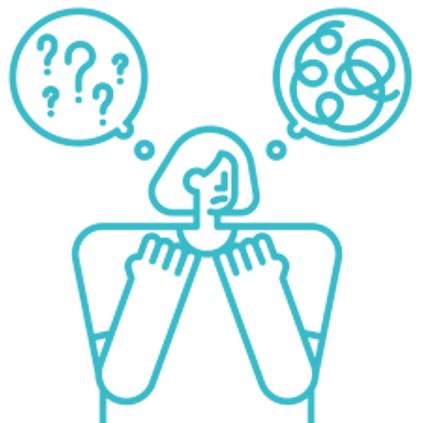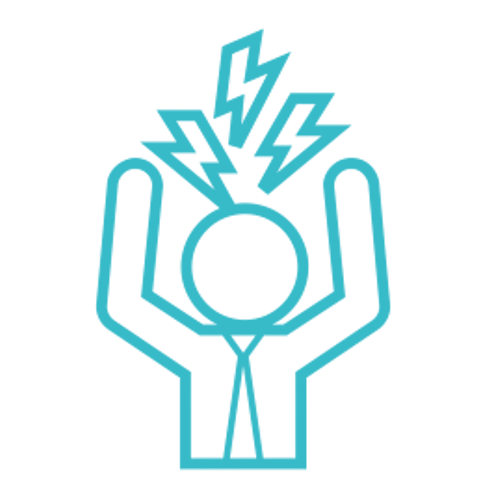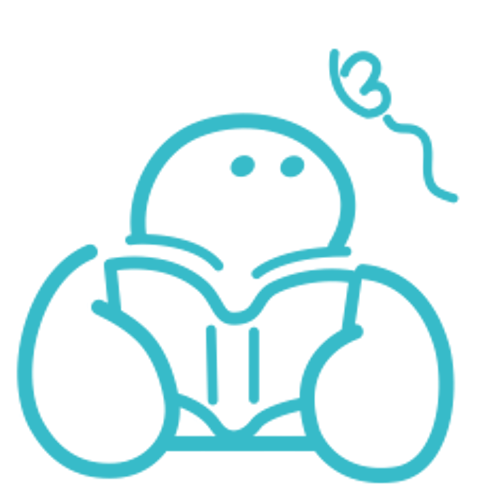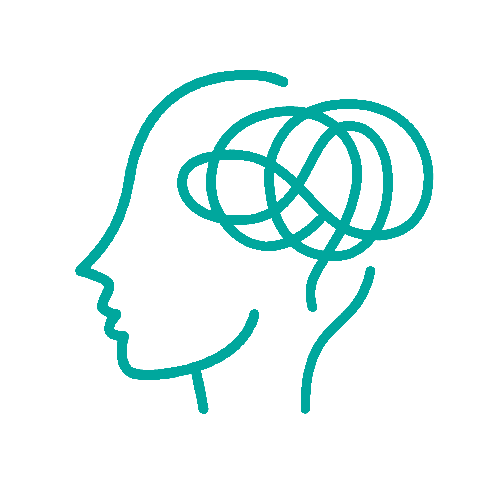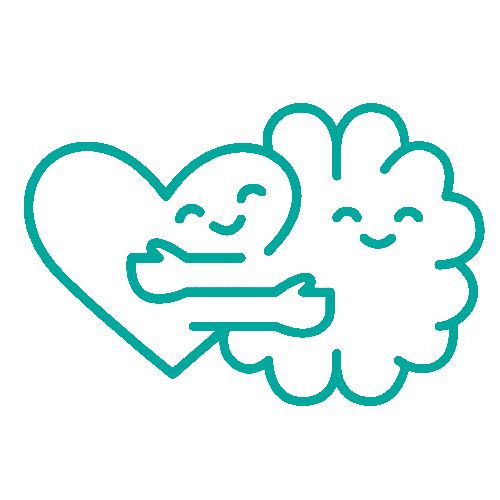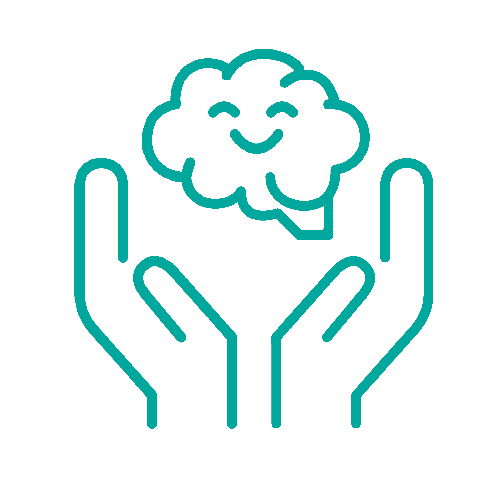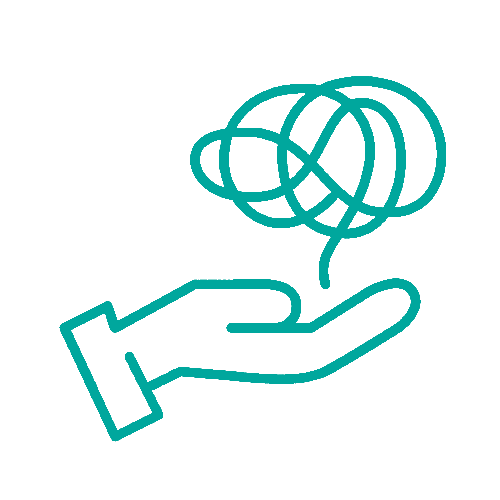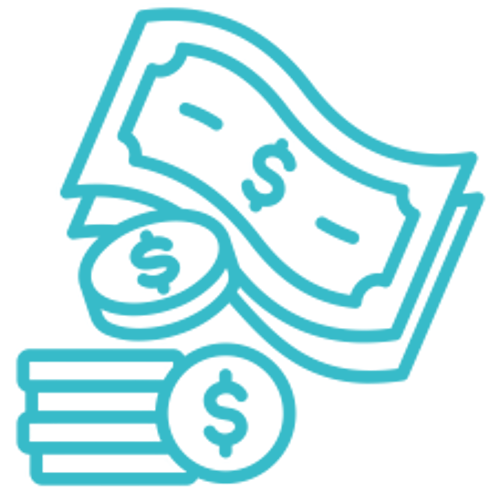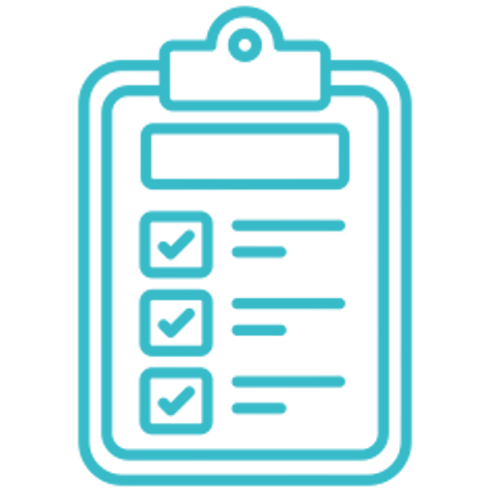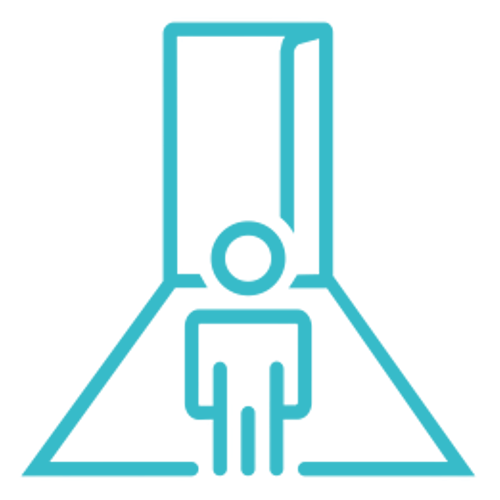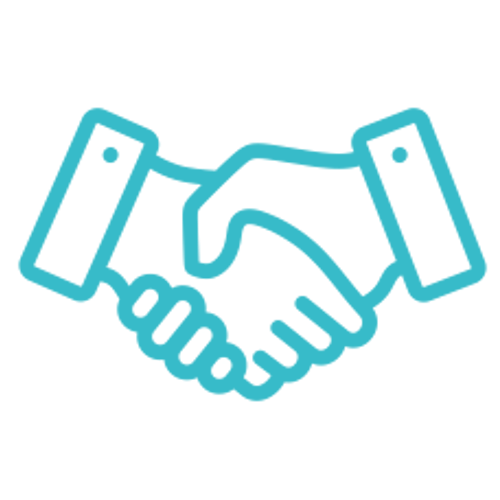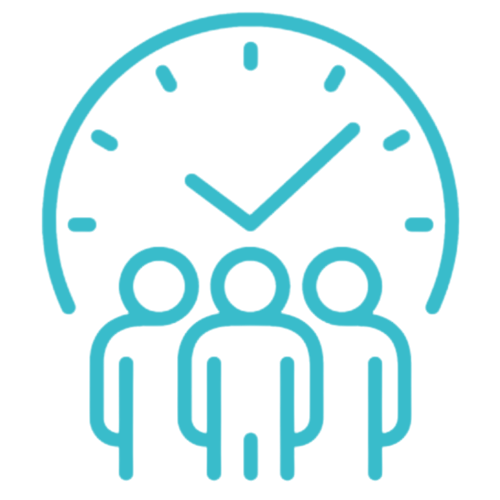Are you finding yourself caught in a cycle of self-harm, feeling like it’s a battle you just can’t seem to win? You’re not alone. In this blog, we dive into the often misunderstood world of self-harm and explore whether it’s more than just a behavior—it’s an addiction.
What is Self-Harm?
Self-harm is a complex and deeply personal struggle that manifests in various forms, from cutting and burning to hitting or scratching oneself. It’s not just about inflicting physical pain; it’s a coping mechanism—a desperate attempt to numb emotional agony that feels overwhelming and insurmountable.
Imagine being trapped in a dark room, suffocating under the weight of your emotions, with no visible way out. Self-harm can feel like a dim light in that darkness, offering a fleeting sense of relief, a temporary escape from the suffocating despair. In those moments, the pain inflicted upon oneself becomes a twisted form of self-soothing, a desperate attempt to regain a sense of control in a world that feels chaotic and unpredictable.
The Addictive Nature of Self-Harm
But here’s where it gets tricky: what begins as a coping mechanism can quickly morph into something far more insidious. Just like with substance abuse, self-harm can hijack the brain’s reward system, creating a cycle of dependency that’s incredibly difficult to break. With each act of self-harm, the brain releases endorphins—natural painkillers—that provide temporary relief. It’s a biochemical response that reinforces the behavior, making it increasingly difficult to resist the urge to self-harm again.
Before you know it, you’re caught in a vicious cycle, craving the release that self-harm provides even as you’re aware of its harmful consequences. The temporary relief it offers becomes a double-edged sword, cutting deeper into your psyche with each repetition. Breaking free from this cycle can feel like an impossible feat, leaving you feeling trapped and hopeless.
Is Self-Harming Really an Addiction?
Yes, it is. Self harm is an addiction. While it may not involve ingesting substances like drugs or alcohol, self-harm hijacks the brain’s reward system in a similar way. Each act of self-harm releases endorphins, the body’s natural painkillers, which temporarily alleviate emotional distress. Over time, your brain becomes wired to seek out this relief, reinforcing the behavior and making it incredibly difficult to stop.
Picture this: your brain, a complex network of neurons firing off signals, constantly seeking out pleasure and avoiding pain. It’s a delicate balance, one that can be easily disrupted by external stimuli. When it comes to self-harm, the brain’s reward system—the same system implicated in substance addiction—plays a pivotal role.
Each time you engage in self-harm, whether it’s cutting, burning, or any other form, your brain releases a flood of endorphins—nature’s very own painkillers. These endorphins offer temporary relief from the emotional turmoil swirling inside you, like a soothing balm on a wound. In that moment, the pain subsides, replaced by a fleeting sense of calm.
But here’s the kicker: your brain is a master at learning from experience. It’s constantly adapting, rewiring itself based on your actions and experiences. So, when you engage in self-harm and experience that rush of endorphins, your brain takes notice. It learns to associate self-harm with relief, reinforcing the behavior and making it increasingly difficult to resist.
Over time, this cycle becomes entrenched, like a well-worn path in the woods. The more you engage in self-harm, the stronger the neural pathways become, making it harder to break free from its grip. It’s like trying to swim against a powerful current, each stroke becoming more exhausting than the last.
And just like with substance addiction, the cravings can be overwhelming. You find yourself yearning for that familiar release, even as you’re aware of the harm it causes. It’s a vicious cycle, one that feels impossible to escape.
Coping with Addiction to Self Harm
Breaking free from the chains of self harming addiction may seem like an insurmountable task, but trust me, it’s within your reach. Just like any journey towards recovery, it dealing with self harm as an addiction requires a combination of courage, support, and a willingness to take that first step towards healing.
- Reach Out: You don’t have to navigate this journey alone. Reach out to someone you trust—a friend, a family member, or a mental health professional. Opening up about your struggles can feel daunting, but it’s the first crucial step towards breaking free from the isolation and receiving the support you deserve.
- Identify Triggers: Take some time to reflect on the situations or emotions that trigger your urge to self-harm. Is it stress? Loneliness? Overwhelming sadness? By pinpointing these triggers, you can begin to develop healthier coping mechanisms to manage them. Whether it’s practicing mindfulness, engaging in physical activity, or simply taking a moment to breathe, finding alternative ways to cope is key to breaking the cycle.
- Find Healthy Outlets: Self-harm may have been your go-to coping mechanism in the past, but there are countless healthier alternatives waiting to be explored. Channel your emotions into creative outlets like journaling, painting, or music. Or find solace in physical activities like yoga, running, or dancing. The key is to discover what works best for you and allows you to express yourself in a positive and constructive way.
- Seek Professional Help: Therapy can be a game-changer in your journey towards recovery. A qualified therapist can provide you with the tools and support you need to understand the underlying issues driving your self-harming behavior. Together, you’ll work through past traumas, develop coping skills, and learn how to navigate life’s challenges in a healthier way.
Take the first step towards overcoming your addiction to self harm and reclaiming control over your life by seeking therapy today.
Utilizing addiction counseling offers a structured and supportive approach to explore the underlying factors contributing to your self-harming behaviors and develop effective strategies for coping and recovery. If you’re struggling to overcome addiction to self harm and seeking support, here’s how to get started:
- Schedule a Consultation: Reach out to Uncover Mental Health Counseling to start a conversation about addiction counseling for self-harm. Our compassionate therapists provide a safe and non-judgmental space where you can explore your thoughts and feelings surrounding self-harm.
- Connect with a NYC Addiction Therapist: Our team consists of experienced therapists who specialize in addiction recovery and improving mental well-being. We’ll match you with a therapist who can offer personalized support tailored to your unique circumstances and needs.
- Begin Your Recovery Journey: Together with your therapist, you’ll explore the underlying triggers, emotions, and patterns associated with your self-harming behaviors. This may involve addressing past trauma, emotional distress, or negative thought patterns that contribute to your addiction.
